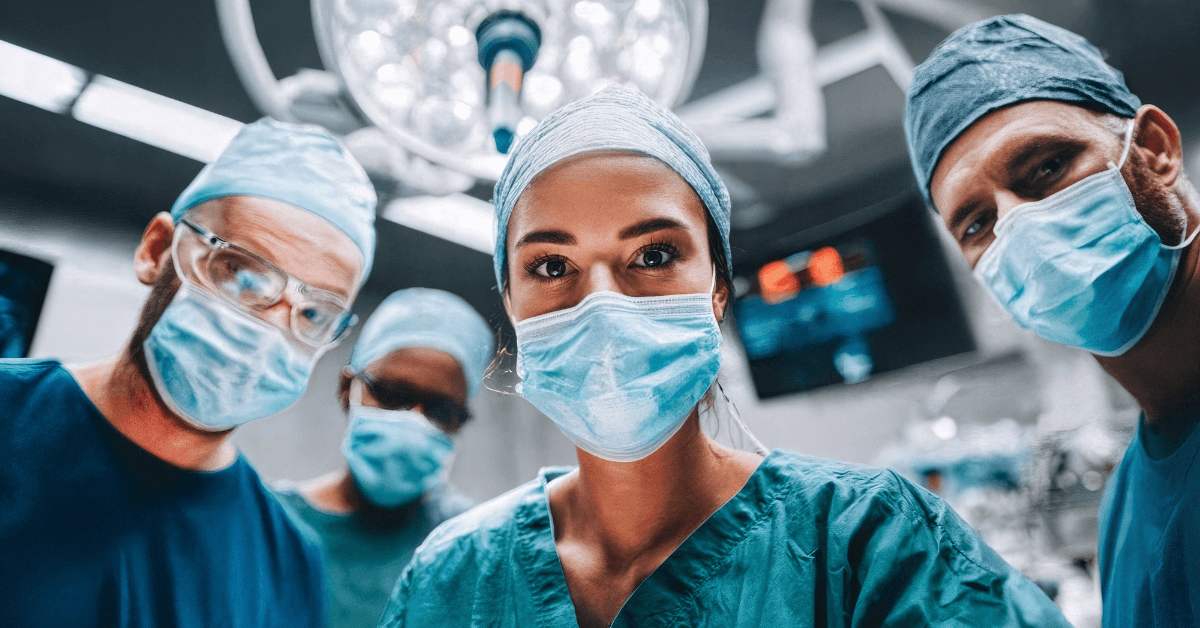When it comes to rectal health, many people confuse Hemorrhoids vs. Anal Fissures. At first, it’s understandable-both can lead to similar symptoms like pain, bleeding, and discomfort. However, they are not the same.
Hemorrhoids are swollen veins, while anal fissures are small tears in the skin. Because their symptoms overlap, it’s easy to mix them up. As a result, people often delay seeking care or use the wrong treatments.
That’s why understanding the difference is so important. When you know what to look for, you can act fast and avoid further pain.
In this blog, we’ll explore their causes, symptoms, and treatments. You’ll also learn about modern options like Laser Hemorrhoidoplasty and FiLaC laser therapy. With clear facts and simple explanations, this guide will help you recognize what’s happening and show you how to feel better quickly.
What Are Hemorrhoids?
Hemorrhoids are swollen blood vessels in the anus or lower rectum. Additionally, they can be internal or external. Internal hemorrhoids occur inside the rectum while external ones form under the skin around the anus.
Common causes include:
- Straining during bowel movements
- Chronic constipation
- Sitting for long periods
- Pregnancy
Symptoms often include:
- Bright red blood during bowel movements
- Itching or irritation
- Pain or discomfort
- A lump near the anus (in external hemorrhoids)
What Are Anal Fissures?
Anal fissures are small tears in the lining of the anus. They occur when the skin stretches too far or too fast. Common triggers are hard stools, diarrhea, and childbirth.
Signs of anal fissures include:
- Sharp pain during bowel movements
- Burning or stinging afterward
- Bright red blood on toilet paper
- A visible tear or crack in the skin
Unlike hemorrhoids, fissures are cuts, not swollen veins.
How Do the Two Conditions Differ?
It’s easy to confuse Hemorrhoids vs. Anal Fissures, but here are key differences:
| Feature | Hemorrhoids | Anal Fissures |
|---|---|---|
| Cause | Swollen blood vessels | Tear in the anal lining |
| Pain | Dull ache or pressure | Sharp, stabbing pain |
| Bleeding | Often during or after BM | During and after BM |
| Location | Inside or outside anus | Usually at anal opening |
Recognizing these signs can help you get proper treatment quickly.
Diagnosis and When to See a Doctor
If you notice rectal pain or bleeding, talk to a doctor. They may do a visual exam. In some cases, they use a small scope to view inside the rectum. These steps help confirm whether you have hemorrhoids or fissures.
Seek help right away if:
- You see a lot of blood
- Pain is severe or lasts long
- Over-the-counter treatments fail
Treatment for Hemorrhoids
Mild hemorrhoids often get better with home care. However, advanced cases may need medical treatment. One of the best options today is Laser Hemorrhoidoplasty.
Laser Hemorrhoidoplasty Explained
Laser Hemorrhoidoplasty, or LHP, is a modern, low-pain treatment for hemorrhoids. It uses laser energy to shrink the swollen tissue.
The procedure:
- Requires only local anesthesia
- Takes about 20 to 30 minutes
- Has a fast recovery time
Doctors insert a fine laser probe into the hemorrhoid. The laser closes off blood flow, thus causing the tissue to shrink. Over time, your body absorbs the treated tissue.
Why LHP Is a Good Option
LHP is less painful than traditional surgery. There is very little bleeding. Also, there are fewer complications. Most patients return to normal life within a few days.
Treatment for Anal Fissures
Anal fissures usually heal with simple care. You can:
- Eat high-fiber foods
- Drink more water
- Use warm sitz baths
- Apply topical creams
If symptoms persist, doctors may recommend:
- Muscle relaxant creams
- Botox injections
- Minor surgery to reduce muscle tension
About FiLaC Laser Therapy
FiLaC stands for Fistula-tract Laser Closure. It is a laser treatment for anal fistulas. Some experts are studying its use for difficult fissures. While not common yet, FiLaC could be a future option for fissure care.
Daily Habits for Symptom Relief
- To ease discomfort from either condition:
- Stay active
- Avoid sitting too long
- Keep the area clean and dry
- Don’t delay bathroom visits
Diet Changes That Help
A fiber-rich diet can prevent both hemorrhoids and fissures. Good choices include:
- Fruits and vegetables
- Whole grains
- Legumes and nuts
Drink plenty of water. This keeps stools soft. Soft stools reduce strain during bowel movements.
When Surgery Is Needed
Sometimes, home care doesn’t work. If symptoms last over six weeks, your doctor may suggest surgery. Laser Hemorrhoidoplasty works well for hemorrhoids. For fissures, surgery can relieve muscle tightness and promote healing.
Preventing Future Problems
To avoid a return of symptoms:
- Maintain good bathroom habits
- Stay hydrated
- Eat enough fiber
- Exercise regularly
Small lifestyle changes make a big difference. Prevention is always better than cure.
Final Thoughts
Understanding Hemorrhoids vs. Anal Fissures helps you take charge of your health. By spotting the differences, you can seek the right care fast. Whether it’s LHP for hemorrhoids or standard anal fissure treatment, modern options make healing easier. If you’re unsure about your symptoms, speak with a healthcare provider. The sooner you act, the better you’ll feel.



